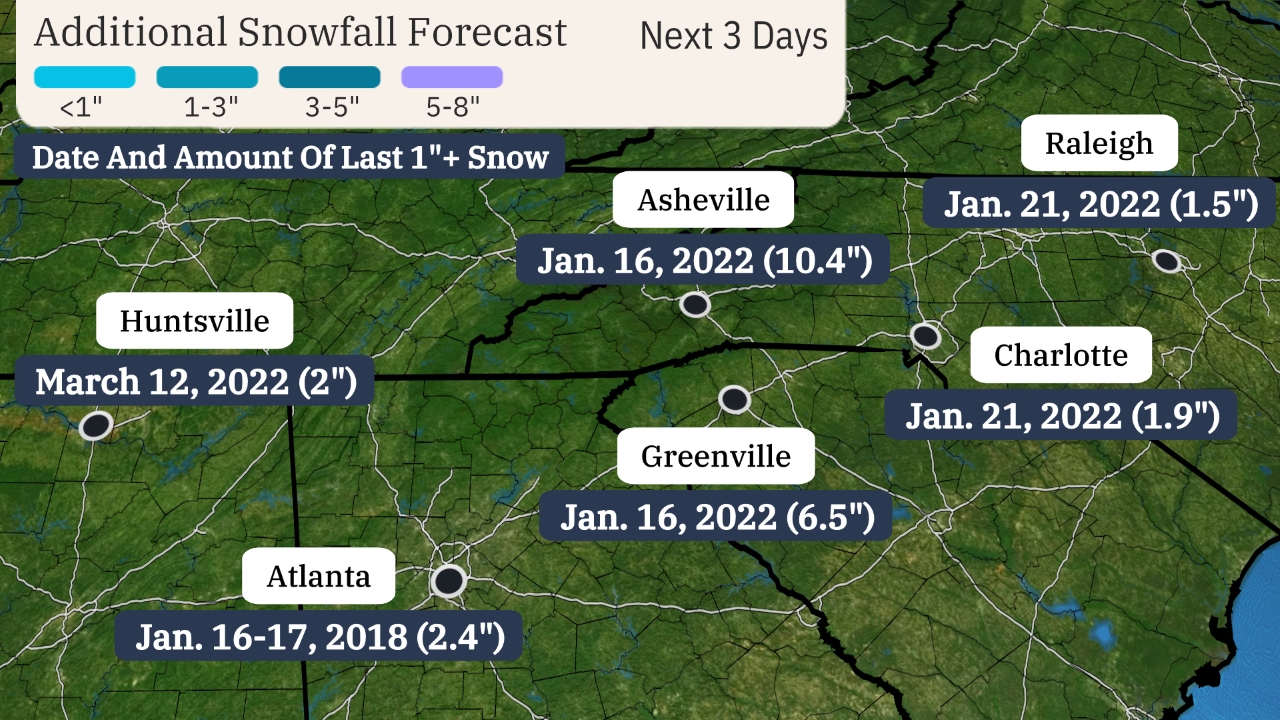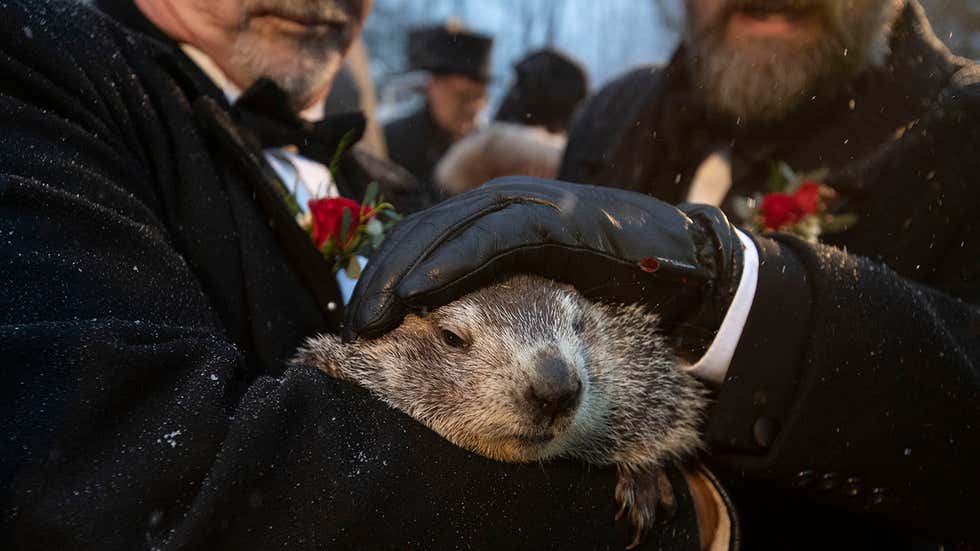Chris Dolce
Groundhog Day is this Tuesday, and Punxsutawney Phil will reveal whether he thinks there will be an early spring or six more weeks of winter.
Phil will climb up out of his burrow during the rough midway point of astronomical winter at 7:25 a.m. ET Tuesday to see what he can see, or not see. Weather conditions can play a role in his verdict.
According to the legend, if the groundhog sees his shadow, then there will be six more weeks of winter. But if he doesn't, then an early spring and above-average temperatures are on the way.
All of this begs the questions: What will Phil see? And how accurate are his predictions?
Answers: We've a more scientific opinion than Phil, and not very.
SPONSORED: Epic winter clearance sale at Sierra Trading Post
Of course, even the organizers of the annual Groundhog Day event in western Pennsylvania acknowledge that turning to a large rodent for weather forecasting is mostly a way to break up winter monotony. This year's event will be different since no attendees or guests are allowed due to the COVID-19 pandemic.
Forecast Will Determine What Phil Sees
Winter Storm Orlena will still be impacting the Northeast when Phil makes his verdict on Tuesday morning.
Punxsutawney, Pennsylvania, is expected to have lingering cloud cover, gusty winds and possibly even snow showers. The temperature will be cold in the mid-20s with wind chill values in the teens.
If the forecast for cloudy conditions persists, then Phil would be favored to not see his shadow this year.
 Tuesday Morning Forecast
Tuesday Morning ForecastHow Accurate Is Punxsutawney Phil?
Overall, the groundhog is not very accurate, and NOAA said Punxsutawney Phil has "no predictive skill."
Based on data from 1887 to 2020, Punxsutawney Phil is more likely to see his shadow. Phil has seen his shadow 104 times, with no shadow 20 times (ten years of data is missing).
(MORE: How Much Snow and Cold is Typical After Groundhog Day?)
Phil did not see his shadow for the second consecutive year in 2020. His forecast for an early spring came true with temperatures across the continental United States as a whole above average in February and much above average in March.
 Groundhog Club co-handlers John Griffiths and Al Dereume hold Punxsutawney Phil, the weather prognosticating groundhog, during the 134th celebration of Groundhog Day on Gobbler's Knob in Punxsutawney, Pennsylvania, on Sunday, February 2, 2020.
Groundhog Club co-handlers John Griffiths and Al Dereume hold Punxsutawney Phil, the weather prognosticating groundhog, during the 134th celebration of Groundhog Day on Gobbler's Knob in Punxsutawney, Pennsylvania, on Sunday, February 2, 2020.That ended a three-year stretch where Phil was off the mark.
He did not see his shadow in 2019, but February and March were colder than average, hardly an early spring.
Prolonged winter conditions should have occurred when Phil saw his shadow in 2017 and 2018. Instead, February and March had above average temperatures in both years.
The first mention of Groundhog Day came in 1886 in Punxsutawney. Over the years, several other locations have begun using their own groundhog, including General Beauregard Lee of Atlanta, Dunkirk Dave of Dunkirk, New York, and Jimmy of Sun Prairie, Wisconsin.
The Weather Company’s primary journalistic mission is to report on breaking weather news, the environment and the importance of science to our lives. This story does not necessarily represent the position of our parent company, IBM.
The Weather Company’s primary journalistic mission is to report on breaking weather news, the environment and the importance of science to our lives. This story does not necessarily represent the position of our parent company, IBM.

No comments:
Post a Comment